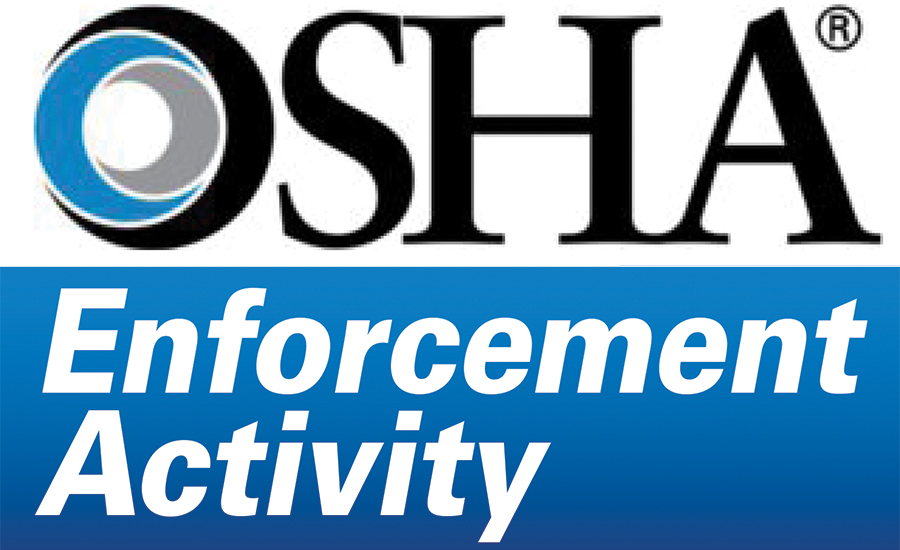At OSHA, we gather a lot of numbers. They tell us about the health and safety of U.S. workplaces and help us measure our progress in reducing injuries and illness. But numbers don’t always tell the whole story, and that’s definitely true in the case of inspections.
Every year, our agency posts the number of safety and health inspections conducted in the previous year. In FY 2014, that number was 36,163, with another 47,217 inspections conducted by states that administer their own health and safety plans.
Each one of those inspections was important, and potentially lifesaving. But the reality is that some required far more time and resources than others. For example, the inspection of an oil refinery or a chemical manufacturing facility is more complex and time-consuming than one of a trenching site. Those complex inspections make a big difference – showing employers, and the whole country, that we are determined to investigate serious hazards regardless of how complex or challenging those inspections may be.
A new inspection protocol
To reflect this on-the-ground reality, OSHA is changing the way it plans for and measures inspections, giving greater weight to those that require more time and resources. The new inspection protocol will help us plan for and measure our inspections to improve the protections of workers, regardless of the complexity of their work environment. As of today, we are giving added weight to the most demanding and complex inspections by introducing a new measurement: the Enforcement Unit.
Under the new Enforcement Weighting System, routine inspections are valued as one Enforcement Unit, while more complex categories are valued at up to eight Enforcement Units. For example, process safety management inspections are valued at seven units, workplace violence inspections are three units, and inspections involving a chemical for which there is no permissible exposure limit are also three units. The values were set based on historical data.
No quotas
I want to be clear that OSHA has never set quotas for inspections and that will not change.
We are introducing this system to improve our strategic planning process and ensure that sufficient enforcement resources are allocated to cases that require more.
For two years, we piloted the weighted approach, running it side-by-side with our traditional inspection counting system. And we found that tracking inspections by complexity ensures that we don’t shortchange the more difficult inspections in favor of those that can be done quickly. We will continue to monitor this new approach and make adjustments as needed.
Sending a message
I have long believed that we should not merely focus on the number of inspections that we conduct but also take into account their impact on improving health and safety. Our inspections send a message, and as a result employers abate hazards not just at the establishment we inspect but at other workplaces. This change will allow us to better focus our resources on more meaningful inspections – the ones that have the greatest impact.

